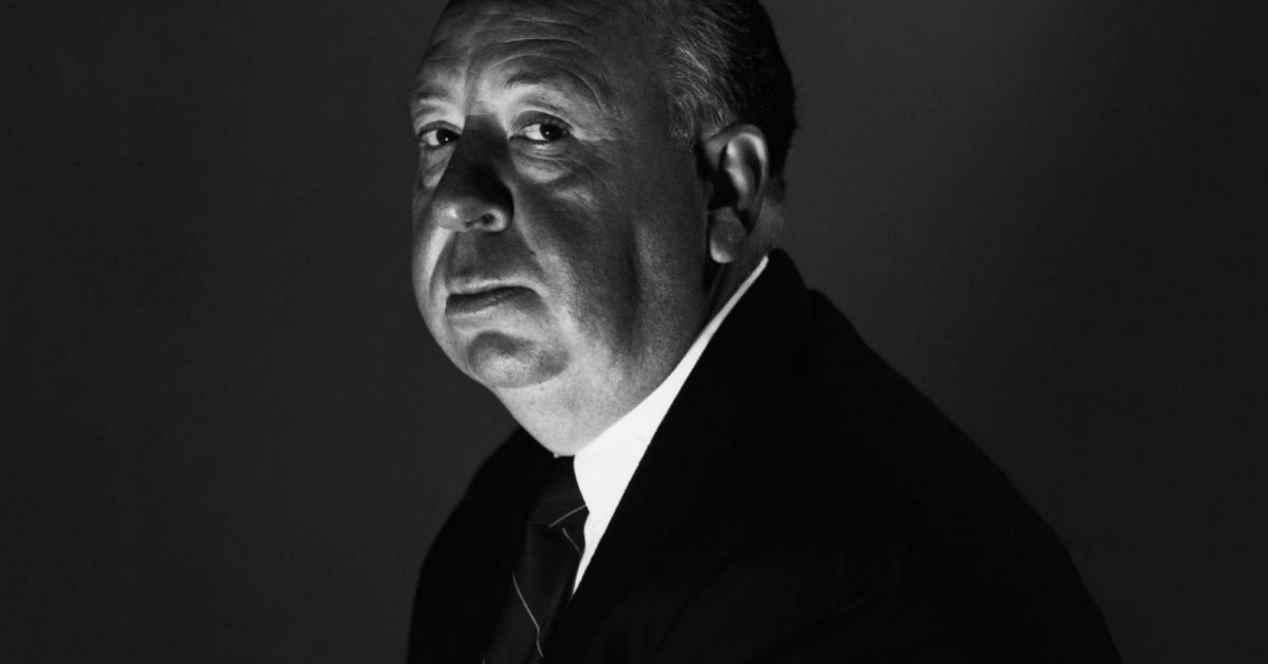The films that our parents and grandparents watched were not on digital media, but on analog media such as film, which gradually degrade over time, requiring their conversion. What is the cost to convert 8mm, 16mm, 35mm or even larger capacity spools? WhatWhat resolution are old movies up to? If you want to know, keep reading.
Traditionally, cinema was recorded in film format, these are reels that store in each section of it the images of the film that was projected at high speed in the rooms. For years, home users have used cameras with 8mm tapes, while in the cinema they have watched movies recorded in 16, 35 and in some cases even up to 50mm. However, we tend to think that old movies are saved at a lower resolution, just because they are older. That’s why we decided to talk about a topic that is out of the ordinary in HardZone, but has a lot to do with the evolution of hardware.
From film to pixels, is this how old films are converted to digital?
The digitization of old films has become an obligation for distributors as soon as data storage and digital video reproduction media have made it possible. Especially since the film degrades over time and ends up losing the original color and the reel can even be completely lost over time. Now the process is not as easy as it looks and it has its associated issues.
The concept of even lines per mm
A frame from 35mm film is 36mm wide and 24mm high, or 864mm2 in total, but we have to grasp the difference of the pigments in the film. Therefore, we cannot make the association that each millimeter equals a pixel because we would not have enough information, but we must increase the size of each of the images as much as possible to obta in all the possible information.
Well, in film, resolution is not counted in pixels, but in what we call even lines per millimeter. That is, the number of black and white lines that can be distinguished, either with the naked eye or through some type of optical sensor. Thus, in the end, each of the lines can be identified as a pair of pixels. Which will help us in digitizing the frame. However, at the time, there were different types of resolution in this regard and in the end, it was necessary to create a standard resolution for conversion to digital.
So 35mm film by today’s standard converts each frame to 4096 x 2160 pixels, 16mm film to 2048 x 1080 pixels. Note that these resolutions are very similar to television resolutions, but they are not exactly the same. . By the way, today we have directors like Quentin Tarantino or Cristofer Nolan recording with 70mm film, which translates to 8K equivalent resolution when digitizing.
How much does a movie cost in megabytes?
Digitizing a film means having to store it on a computer storage device, whether it is an SSD or a hard disk. Although versions released domestically or via streaming will be lower resolution than the master copy and will be derived at lower quality, it is necessary to preserve the film in all its original glory for future releases so that it is not lost.
The good thing about storing data in digital is that the hardware is not degraded, the bad thing is that when we work with discrete data we need large storage capacity and that’s why old films, despite the fact that we receive them in compressed video codecs for distribution via streaming platforms or for sale on disc.
For example, suppose we wanted to make a digitized version of Titanic and it was recorded on film. It is a film that lasts 194 minutes and was recorded in 35 mm, if we do the relevant calculations we will see that each raw frame of said film occupies 25 MB, in one second there are 24 FPS and this could be double if it had been recorded in stereo for 3D cinemas that didn’t exist at the time. In total, in one second you end up with 607 MB of information occupied and one minute is stored in 35.59 GB. Therefore, the final film in its digitized version without losses compared to the original film, would ultimately occupy 7 TB of storage to save visual information and that’s not counting the audio.










